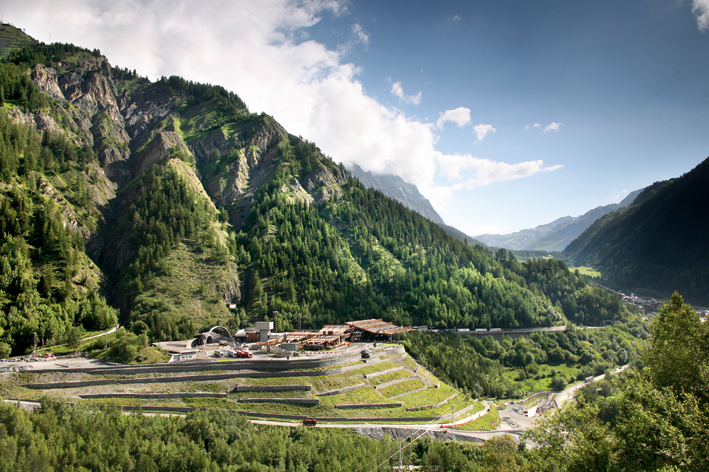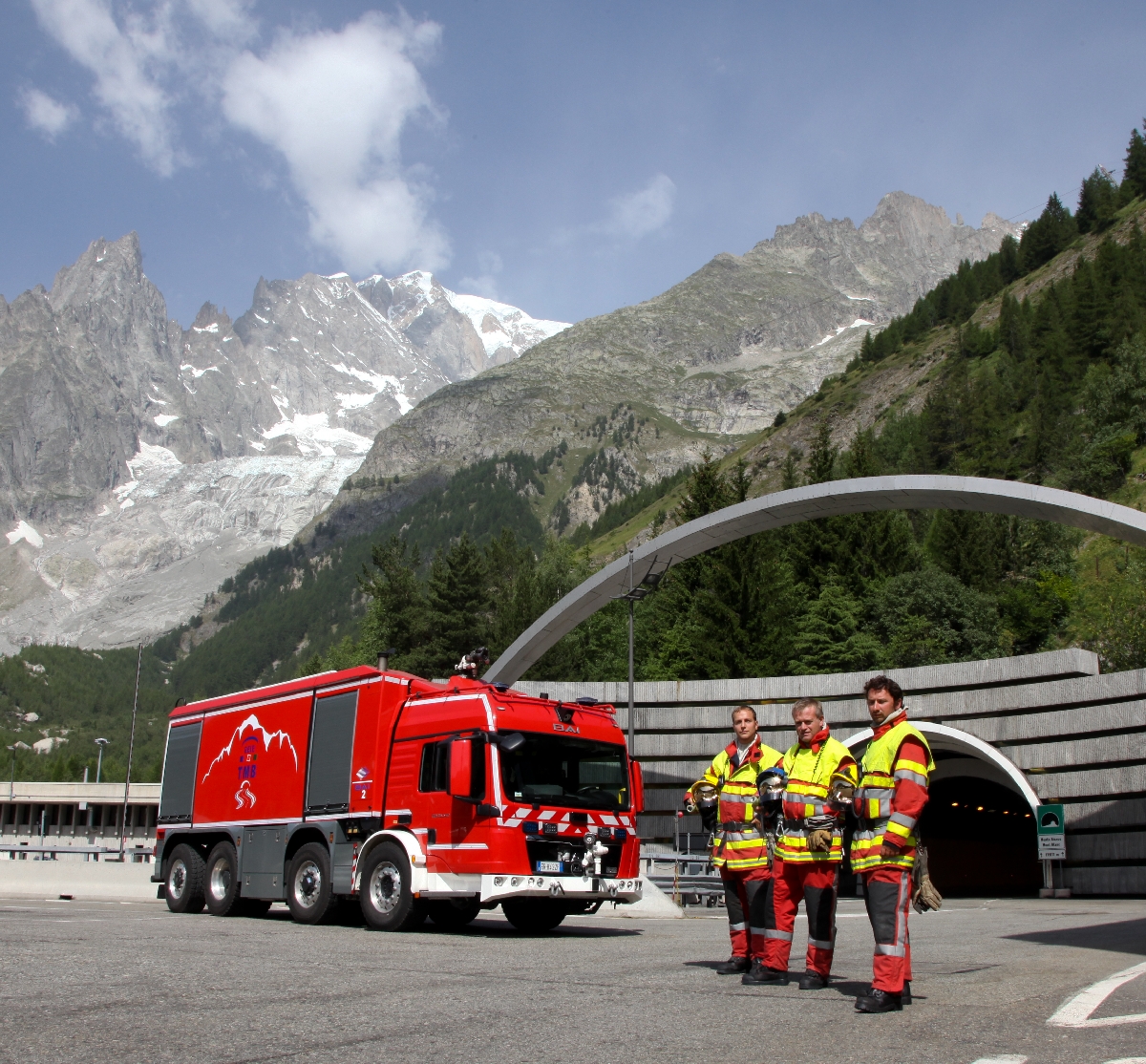Keeping the Mont Blanc Tunnel safe: interview with Maurizio Cipollone, Italian Director of GEIE-TMB
02 Aug 2018
Read our article on Innovation+ magazine

Ever since it opened to traffic in 1965, the Mont Blanc Tunnel has been vital to tourism and trade between Italy and France. So it is a great responsibility for all of us at GEIE-TMB, the organisation in charge of managing the tunnel, to ensure its continued smooth operation. The safety and security of the 5,000 or more users who pass through the tunnel each day, as well as of the 250+ people who work there, are a major concern. Thankfully, we have two powerful tools: our skilled operations staff and our high-tech monitoring and control systems.
At the heart of our safety installations is an innovative IT system, LOGOS. This basically processes tens of thousands of data points from a network of sensors in real time, enabling us to continuously monitor how the tunnel is working and how the traffic is flowing. If the system detects an anomaly, it can automatically implement the appropriate measures or alert human operators in the control centres.
Keeping the Mont Blanc Tunnel safe and secure means keeping the LOGOS system secure against software failures and hacking. We have always recognised that while digital technologies help us protect against physical threats, we have to protect those digital technologies against cyber threats. Our access controls and IT security policies are extremely strict and up to date with the latest developments.
In the context of SCADA (supervisory control and data acquisition) systems for motorways, we were the first to implement advanced technical features in our automatic monitoring systems. To verify that we are up to date with the latest security and safety developments, we recently submitted LOGOS to Safety Integrity Level 2 (SIL2) certification. RINA conducted the certification procedure for the system’s supplier, Giordano & C. Spa. The results were really positive: they showed clearly what a high level of security we have achieved through developing and implementing this innovative software.

We are currently working with RINA on a separate project related to safety and security. Part of the project involves demonstrating compliance with the EU Directive 2008/114/EC on European Critical Infrastructures. But the scope of the project is much wider, including an operational security plan for the tunnel that covers both physical and cyber security aspects. We are also working on an integrated system between France and Italy that protects all monitoring systems against any attempt at unauthorised access.
So while we can never sit back and relax, I’m pleased to say that the Mont Blanc Tunnel is currently at the cutting edge in terms of the quality of its installations, technologies and security procedures. What we are now focusing on is the civil engineering aspect of the tunnel, which remains the same as when it was designed and built at the beginning of the 1960s. We are currently developing a plan to review and reinforce the tunnel’s structural elements in order to align them with the most recent construction standards. The works will be carried out over the next few years.
As I mentioned, the efficiency and quick reactions of our skilled personnel are vital to safety and security. Continuous training is therefore another area in which we employ innovative techniques and technologies. Some of our training solutions would be unrecognisable 50 years ago, such as our interactive 3D simulator to help train operators to manage emergency situations. Of course these are virtual – with video screens and buttons – but the representations are extremely realistic. By simulating different emergency situations, our personnel can practise their interventions and are therefore better prepared for a real-life emergency.
The 3D simulator complements our real-life training exercises, some of which take place in the Galerie de Sorreley-Meysattaz training centre in the Aosta Valley. The centre is specially equipped for training the Italian fire service and others responsible for dealing with emergencies and fighting fires in confined spaces. Four times a year, we also carry out safety training exercises in the tunnel itself. This gives our personnel a regular chance to apply their theoretical and practical knowledge to complex and realistic situations on the ground.
Managing such a logistically important tunnel between two countries will always have its challenges. Different countries have different needs, different priorities and different ideas about how to do things. But that is also positive, meaning that we have to evaluate each decision really carefully with our colleagues across the border, searching for the most appropriate and innovative solutions possible. It is interesting, enlightening and – especially when you look up and see the snowy peaks towering above you – really exciting.